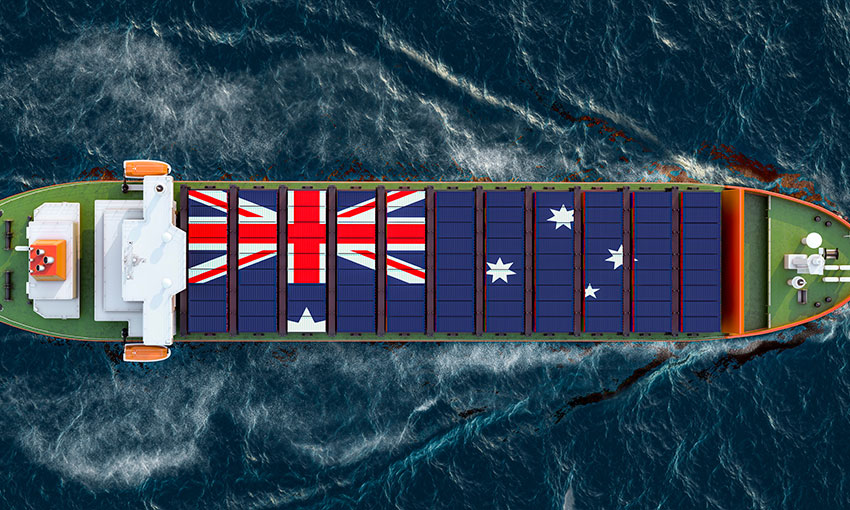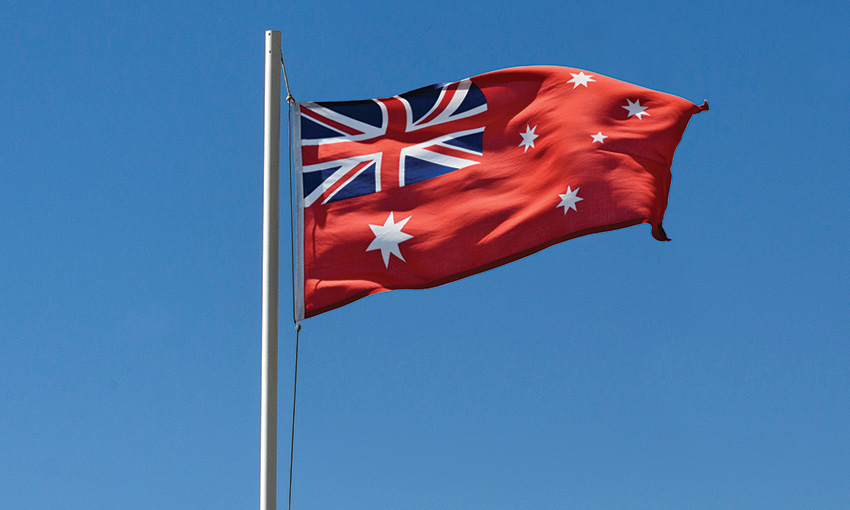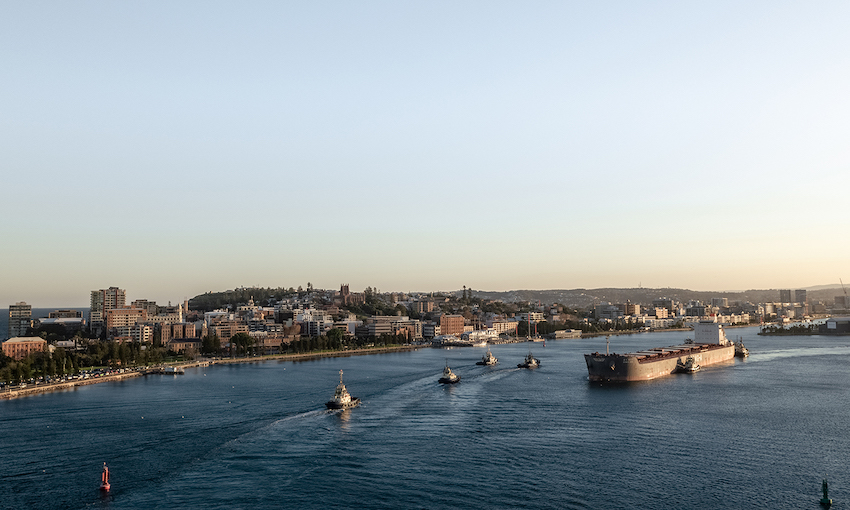THE OLD chestnut of Australian flagged and operated vessels has reared its head again with the recent release of the Strategic Fleet Taskforce Report.
The fleet
The issue of ships owned, crewed, and operated by Australian companies has been around for many years. The Australian commercial shipping fleet has seen a steady decline over the years with the number of Australian owned ships reduced from 100, some decades ago, to currently only 11 ships. In 2021, 6170 individual foreign-flagged vessels called at Australian ports but only four Australian flagged vessels (LNG carriers) operated on international trade routes.
In October 2022, the federal government established a Strategic Fleet Taskforce and asked for submissions from stakeholders, with the purpose of advising government on how best to establish a fleet of up to an additional 12 Australian flagged and crewed merchant vessels.
The report release
The final report was released recently with the government’s response to the taskforce’s 16 recommendations.
No surprise the report was launched in WA with the minister for infrastructure, transport, regional development and local government Catherine King, flanked by representatives of the WA government and Maritime Union of Australia officials.
WA as well as QLD, both Labor state governments, have been supportive of establishing a strategic fleet as their coastlines stretch over thousands of kilometres. Land and rail connections to remote locations are frequently disrupted by weather events, which cuts off vital access to goods and services for many communities. These communities can then only be reached by ship.
Recommendations
The issues that the taskforce report addresses are well known and long standing.
The current taxation and regulatory frameworks mean that it is largely uneconomical to register ships in Australia. Similarly, cost and regulation are adding further burdens to the already difficult task of attracting Australians into maritime careers.
The report makes 16 recommendations with the government agreeing to 12 in full or in principle. However, these were primarily minor suggestions, such as reviewing regulation and legislation and establishing cadetships and funding for education pathways that benefit maritime skills.
The government hopes that the initial fleet of 12 new vessels will grow further in the future. The composition of the fleet’s vessel types has yet to be decided, although it is likely to be a mix of container, ro-ro, and dry and wet bulk carriers.
No surprises here
The response from the MUA, and the Maritime Industry of Australia, both members of the taskforce, has been positive.
Shipping Australia, which represents overseas shipping lines has, not surprisingly, been less flattering, describing the taskforce’s proposals as “bad policy”, driving up costs and a waste of public money.
In the case of disruptions or in time of crisis, where our sovereignty is at risk, we not only need a naval fleet but also merchant vessels that support Defence. The UK, which has the so-called STUFT program (Ships Taken Up From Trade), relied heavily on merchant vessels to assist the Navy with their supply lines in the Falkland War. The USA has the Military Sealift Command, which has a core fleet of ships owned by the United States Navy and others under long-term-charter augmented by short-term or voyage-chartered ships, all crewed by civilian mariners.
The government acknowledges that Australian flagged vessels have higher operating costs relative to foreign flagged vessels. The Taskforce estimates that the cost premium of running an Australian flagged and crewed vessel is $5 million to $8 million per annum.
I, for one, believe that if we can spend $368 billion on a submarine program, this is a small price to pay for the national economic and community benefit of having an Australian owned and operated fleet of merchant vessels. It remains to be seen if the government has a sense of urgency to bring the Strategic Fleet into reality.





